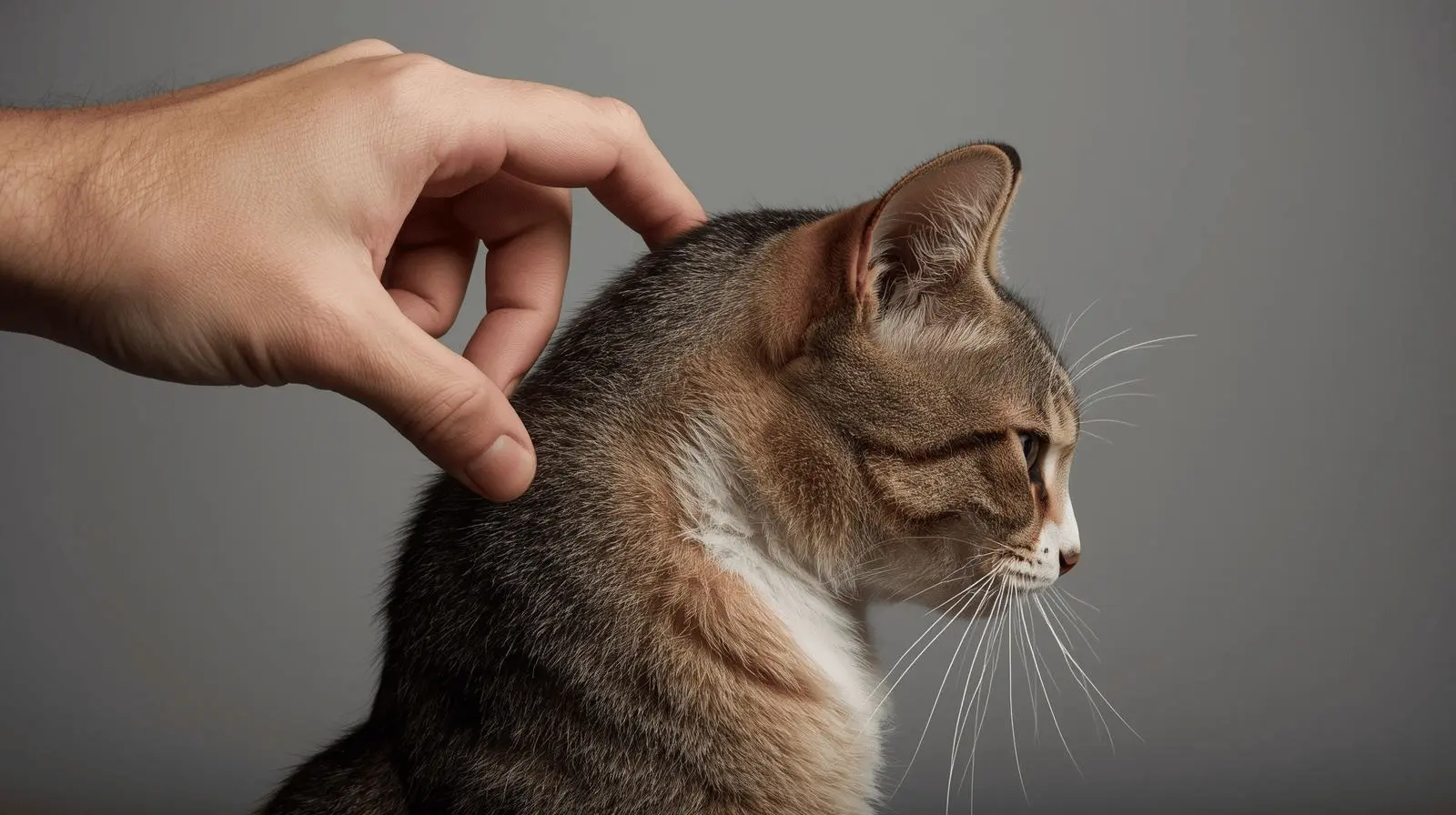When most cat owners think of ear mites, they imagine the classic signs: constant scratching, head shaking, or ears filled with dark debris. But here’s the reality — those signs often appear only when the infestation is already advanced.
In many cases, ear mites start with small, subtle changes: a little extra wax, occasional head shaking, or a cat that suddenly avoids ear scratches.
Why Early Detection of Ear Mites Matters
The Risks of Waiting Too Long
Ear mites reproduce quickly. If left unchecked, a minor irritation can become a painful, chronic infection. Cats may develop:
- Self-inflicted wounds from scratching
- Secondary bacterial or yeast infections
- Thickened, scarred ear canals
- Permanent hearing loss in severe cases
Delaying treatment also raises the cost and stress for both you and your cat.
How Subtle Symptoms Differ from Severe Cases
Mild cases look like extra earwax or occasional head shakes. Severe infestations, on the other hand, bring constant scratching, foul odors, and thick, dark discharge. Recognizing the difference early prevents escalation.
Physical Signs That Often Go Unnoticed
Mild Redness or Wax Build-up
Ear mites cause irritation, which increases wax production. Many owners think their cat just has dirty ears, but this can be an early warning sign of mites.
Occasional Head Shaking
A cat that shakes its head once or twice a day might not alarm you, but this can be one of the earliest signs of mite activity.
Behavioural Changes Linked to Ear Mites

Increased Irritability or Sensitivity
Your normally affectionate cat may suddenly pull away when you scratch near its head. They might flinch, hiss, or avoid touch altogether — subtle but important changes.
Subtle Shifts in Sleep or Grooming
Cats with irritated ears may:
- Sleep less soundly
- Groom less often, avoiding the head area
- Change resting spots due to restlessness
These small changes often go unnoticed but are signs something isn’t right.
Secondary Clues in Multi-Pet Households
Sibling Pets Showing Similar Mild Symptoms
If one pet scratches or shakes its head occasionally, check the others. Mites spread quickly, especially in multi-cat homes.
Cross-Species Spread to Dogs or Ferrets
Ear mites can also infect dogs and ferrets. Sometimes, another pet may show signs before your cat does.
Environmental Clues That Point to Ear Mites
Signs in Bedding and Sleeping Areas
Tiny dark flakes left behind where your cat sleeps may actually be mite debris, not just dust.
Increased Grooming Residue in Shared Spaces
More loose fur and waxy flakes on furniture or blankets could be subtle evidence of extra scratching.
Why Some Cats Hide Symptoms Longer Than Others

Age and Personality Differences
Kittens tend to be restless and show signs quickly. Adult cats — especially timid ones — may hide discomfort, making symptoms less obvious.
Health Conditions That Mask Symptoms
Cats with allergies or chronic skin issues may already show redness or itching, which can mask early mite infestations.
How Vets Detect Ear Mites Early
Microscopic Ear Swab Analysis
A quick ear swab examined under a microscope confirms whether mites are present, even in mild cases.
Use of an Otoscope for Visualization
An otoscope lets vets see inside the ear canal, spotting mites directly and ruling out other conditions like infections or polyps.
How to Tell If It’s Ear Mites or Something Else
Conditions Commonly Mistaken for Ear Mites
- Yeast infections → cause brown debris and odor
- Bacterial infections → bring swelling and pus
- Allergies → create redness and scratching without mites
Why a Vet Diagnosis Is Essential
Only a vet can confirm ear mites. Self-diagnosis risks wasted time on ineffective home remedies. According to the Cornell Feline Health Centre, accurate diagnosis is crucial because many ear conditions mimic mite infestations.
What to Do If You Suspect Early Ear Mites
Safe First Steps at Home
- Gently inspect your cat’s ears for redness or dark debris
- Wipe with a vet-approved ear cleaning solution
- Avoid vinegar, oils, or peroxide — they worsen irritation
When to Book a Vet Appointment
If mild symptoms persist for more than a couple of days, or if your cat seems increasingly uncomfortable, schedule a vet visit.
👉 For the full journey from symptoms to treatment, see our Ear Mite Treatment Guide.
Frequently Asked Questions
Can cats have ear mites without constant scratching?
Yes. Early infestations may only cause mild scratching or extra wax.
Do ear mites always cause dark discharge?
No. Some cats show redness or sensitivity before discharge appears.
Can indoor cats get ear mites?
Absolutely. They can pick them up from carriers, new pets, or shared bedding.
How do I know if it’s ear mites or just wax?
Normal wax is light-coloured. Mite debris looks dark, crumbly, and coffee-ground-like.
Should I wait and see if symptoms get worse?
No. Waiting increases the risk of infections and hearing damage.
Conclusion
Ear mites rarely start with obvious signs. More often, they whisper their presence through tiny, subtle changes: a cat that shakes its head once, avoids ear scratches, or produces just a little more wax than usual.
By learning to notice these quiet clues, you can act before the problem grows — sparing your cat discomfort and saving yourself the stress of advanced treatment.
When it comes to cat ear health, the smallest details often matter most.

1 thought on “Cat Ear Mites: The Subtle Symptoms Most Owners Miss”